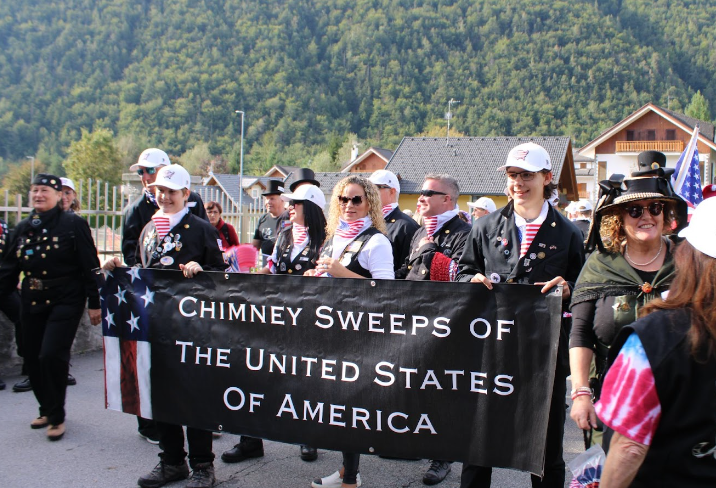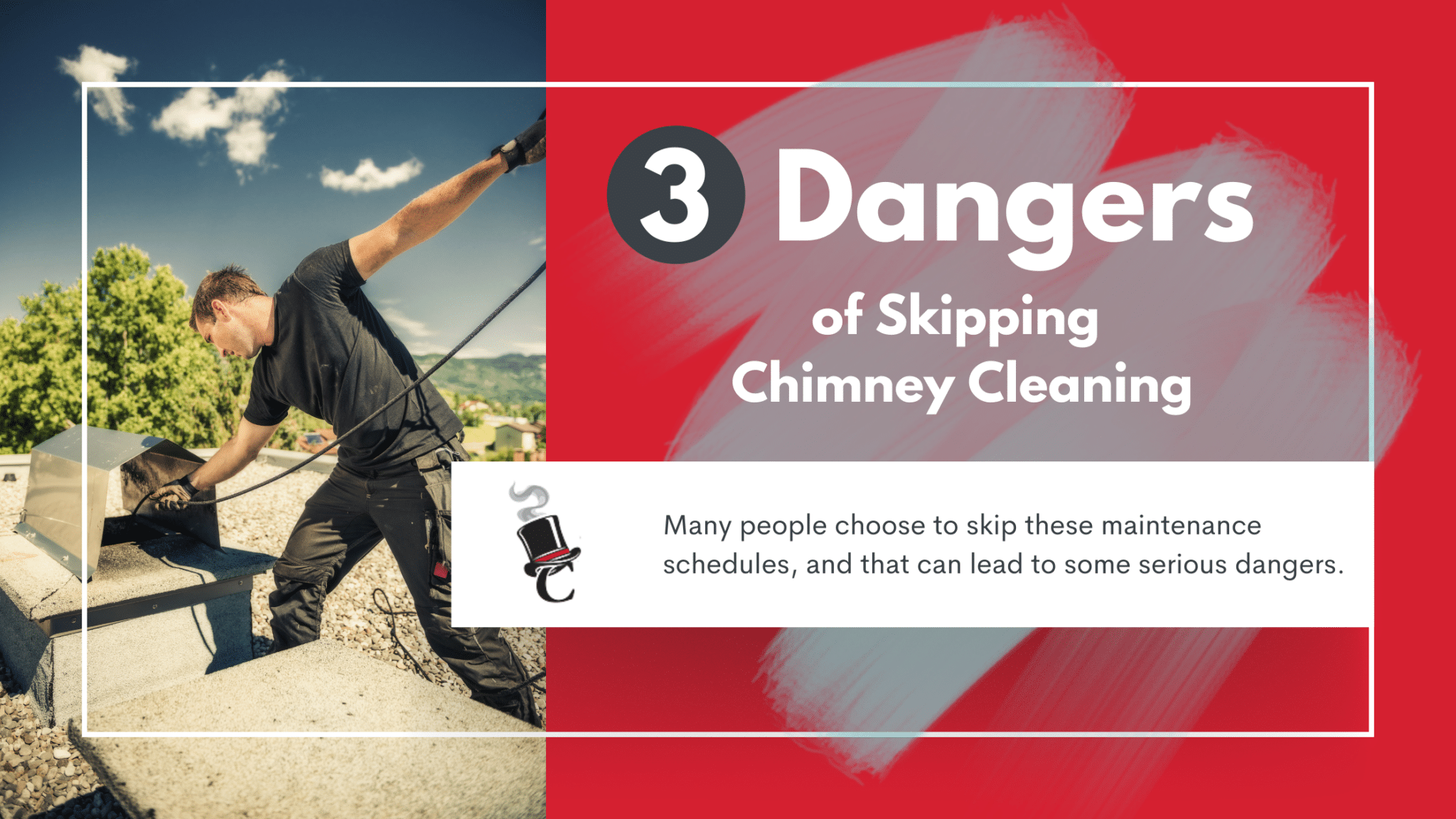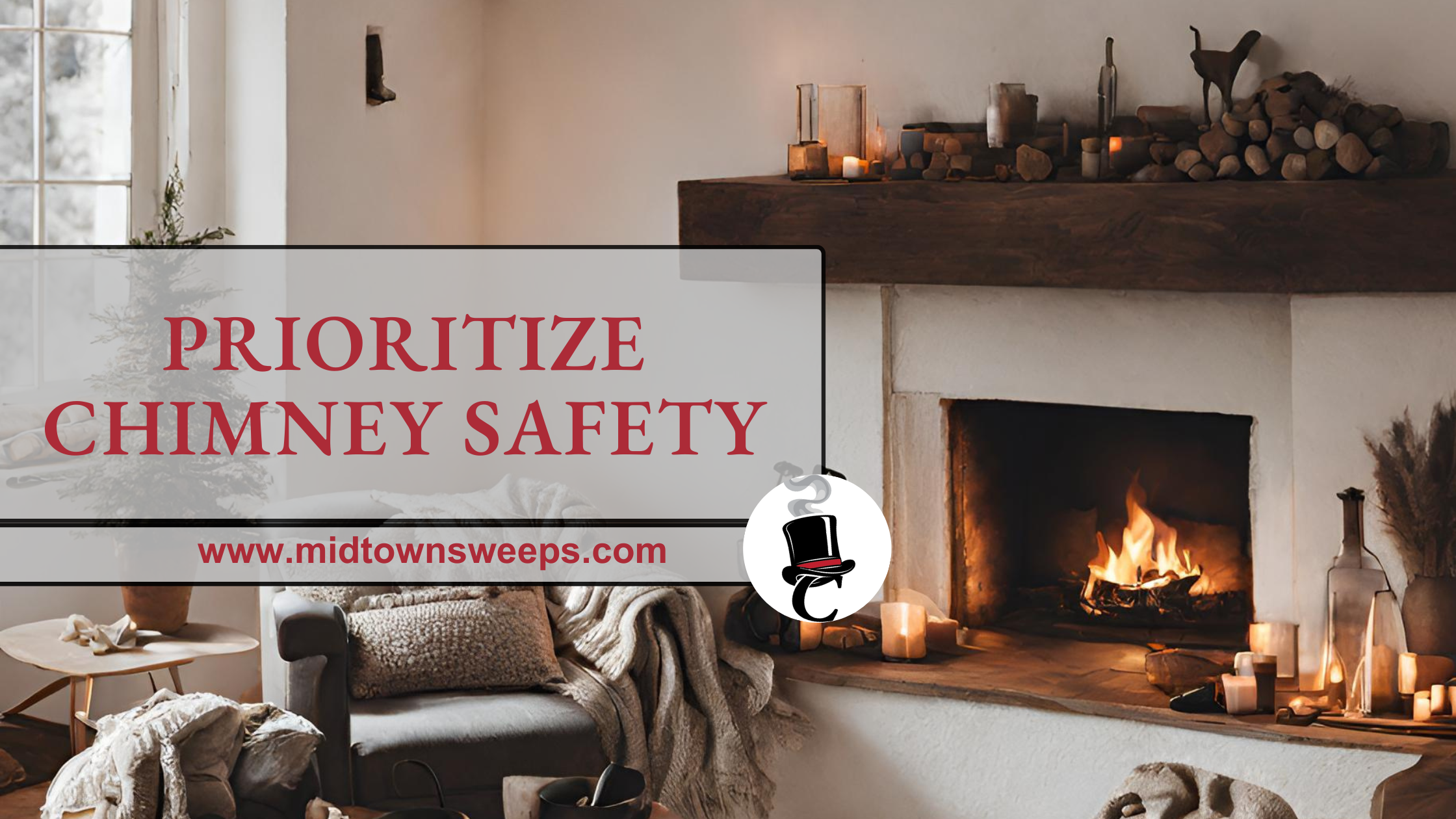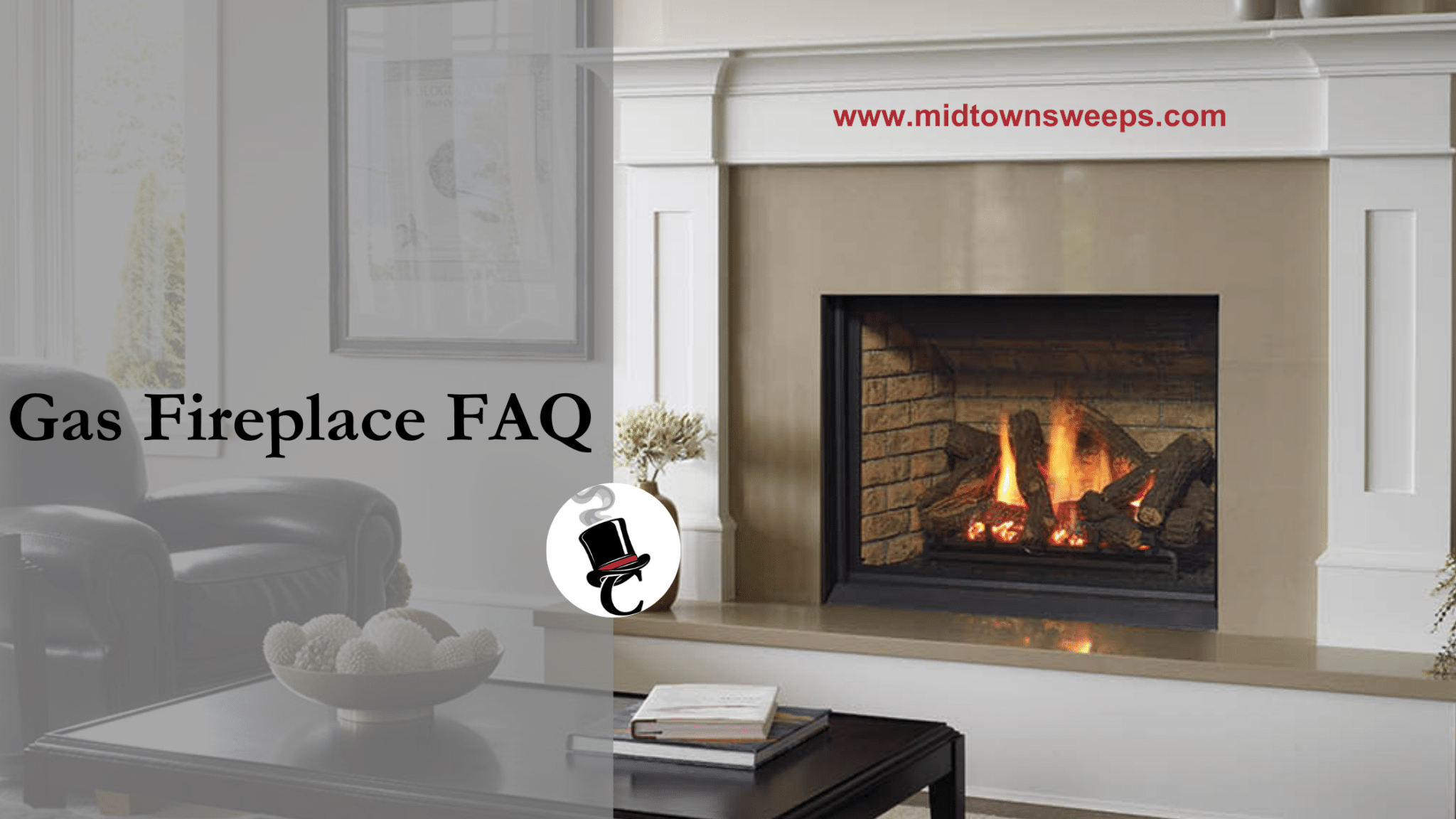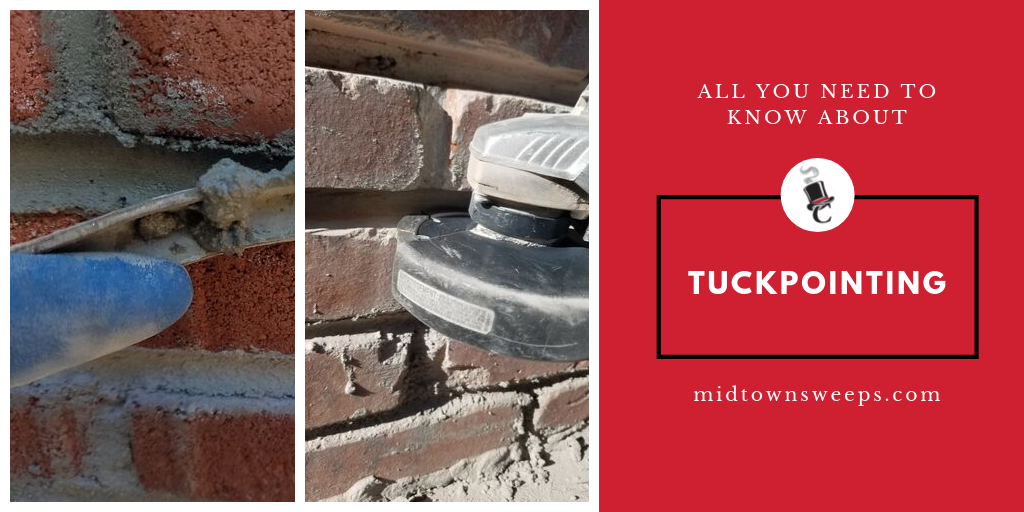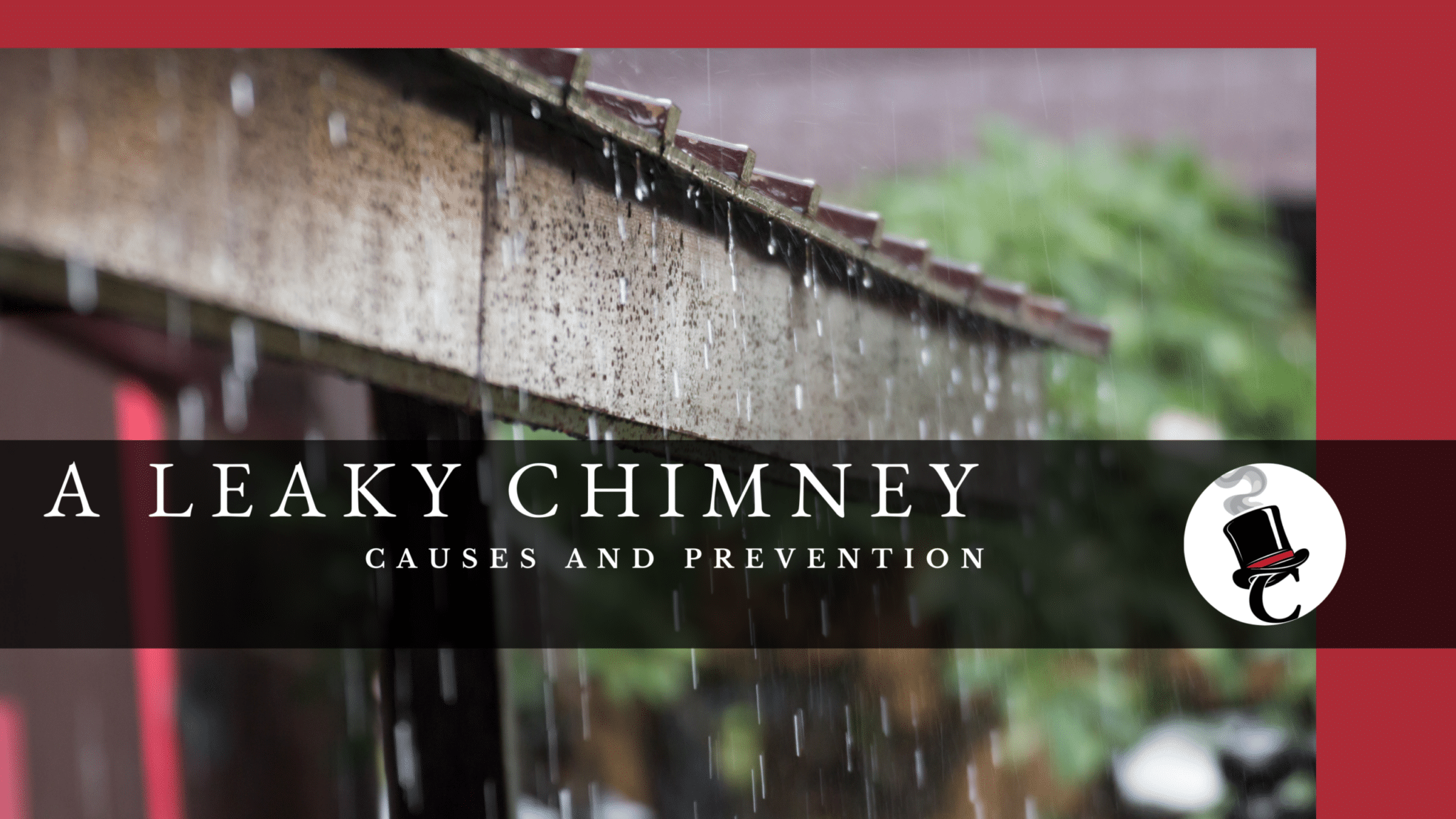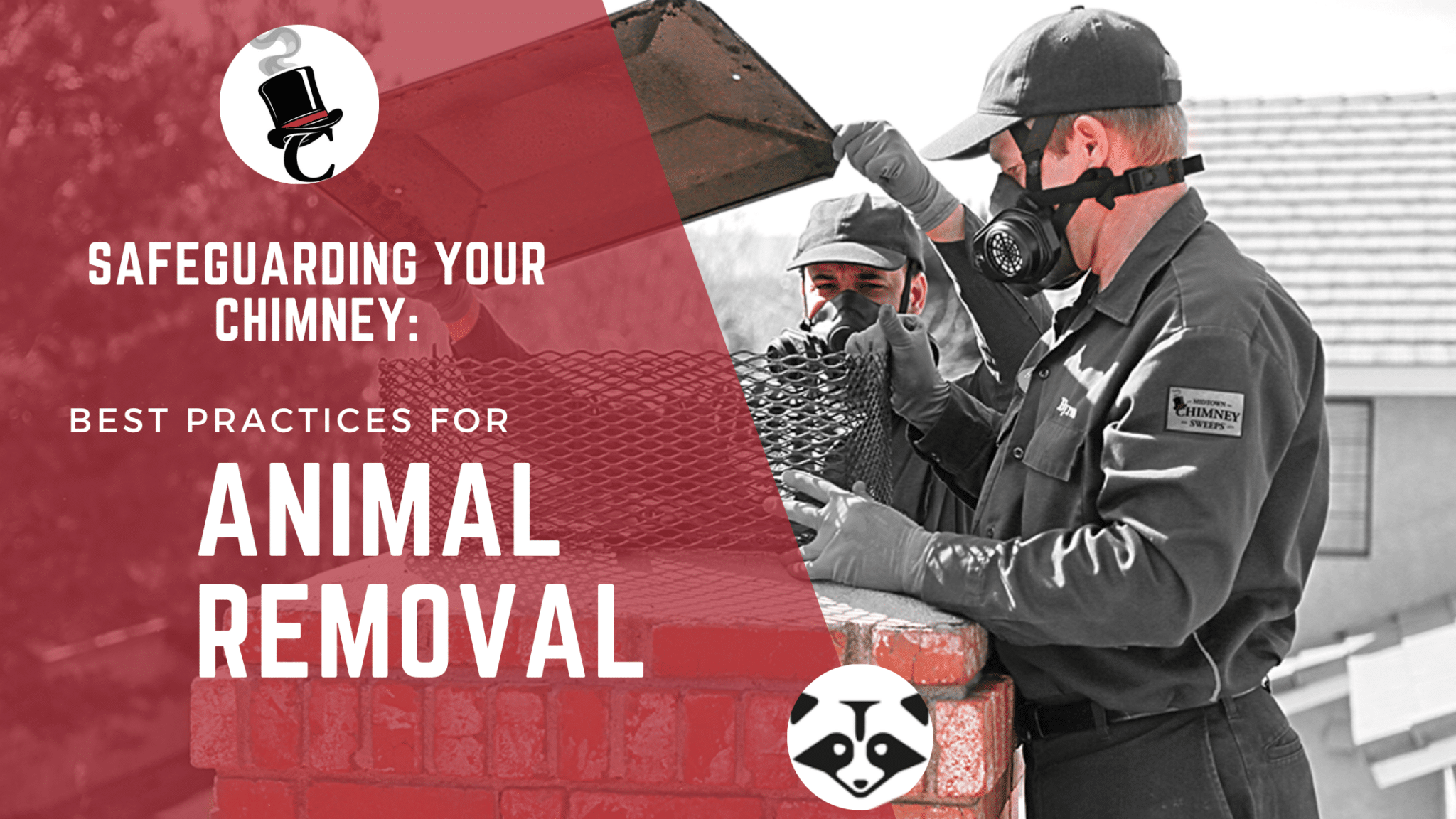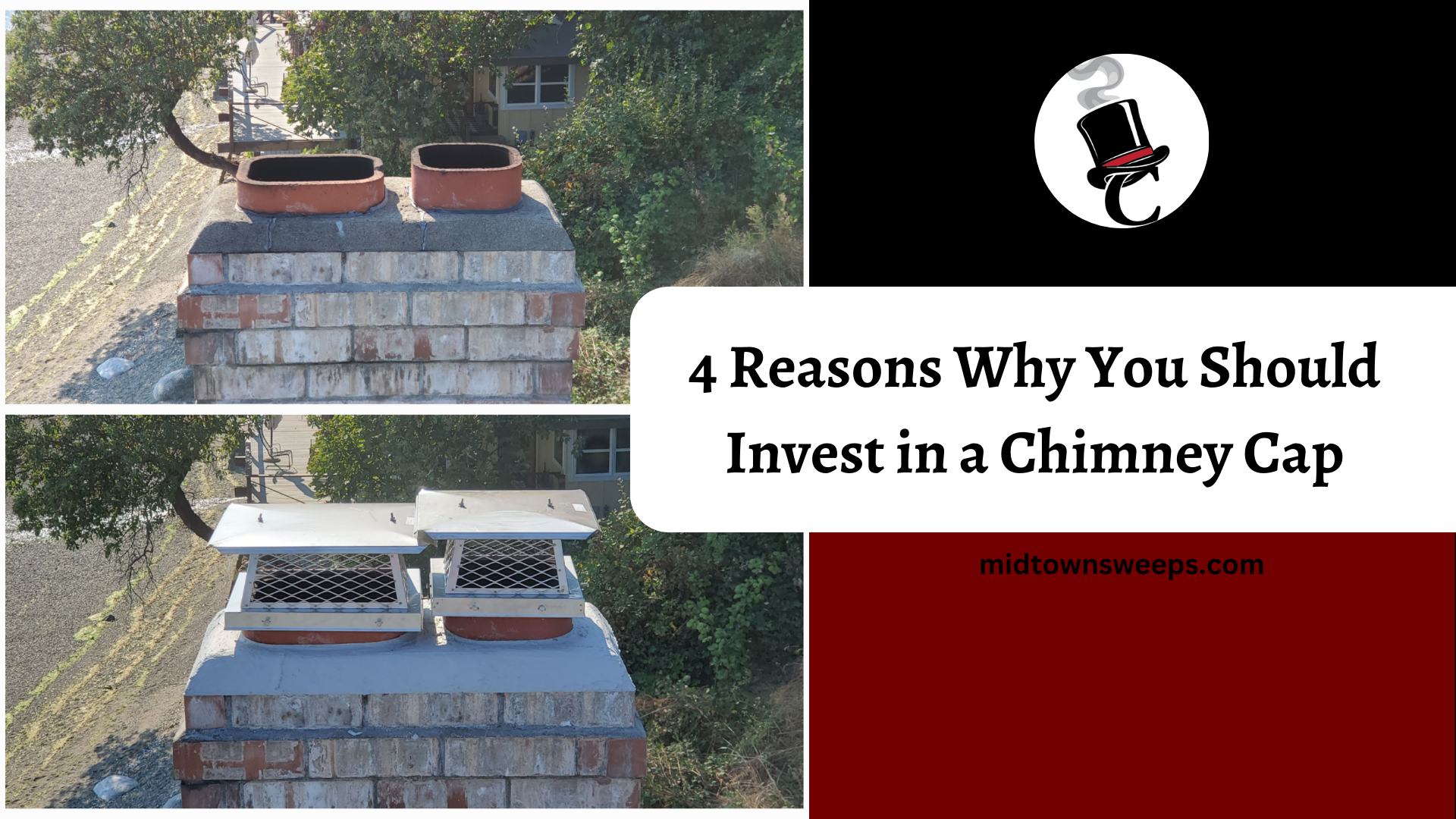Chimneys are a warm and inviting part of any home. Fireplaces are always a bonus on the value of a home. As with any outdoor structure, they will need to be maintained and protected from the elements. Waterproofing the chimney helps keep the constant exposure to rainfall (and ice, if applicable) from eroding the structure.
What is Chimney Waterproofing?
Waterproofing is the process of applying an external coating directly to the chimney. This mostly applies to brick, as other forms of chimney (such as vinyl or steel) aren’t porus and do not get penetrated by water. The sealant serves as a protective barrier to keep the stone from being internally compromised by exposure to water.
Why Waterproof?
Waterproofing prevents water from wearing down the chimney. A brick and mortar chimney isn’t only compromised from the direct external exposure, but from the porous nature of the bricks, themselves. Water can actually get beneath the surface of a brick, and enough frequent exposure can lead to tiny tunnels that burrow through the brick. This can lead to a couple of issues:
- Internal Leakage; and/or
- Chimney Structural Damage.
A damaged chimney can be a hazard to use. Chimney repair can get expensive quickly, making even small cracks significantly impact a home’s value.
How to Waterproof?
The waterproofing process is easy to accomplish, but because of the number of steps, it can be easy to miss something. The best way to go about covering everything is to plan it out ahead of time. For this:
- Measure your chimney. Much akin to painting, this will help ensure that you can estimate your needs without getting too little or far too much product.
- Clean the chimney. A good, thorough cleaning. Any foreign matter, dust/muck buildup, mold, etc., will keep that spot of brick from being waterproofed. The waterproofing will only hit the matter, which may separate at any time, leaving an exposed spot.
- Cover non-chimney housing. Waterproofing agents can discolor paints or have adverse effects on other products, such as shingles. Though not always, it’s better to assume on the side of safety.
Waterproofing is performed using a spray process. Because of this, it is best to start at the bottom and work upward, as starting at the top will force you to compete with what runs down. The rundown can actually prevent the sealant from being property applied when it is time to spray the lower bricks.
The Breast
The breast of the fireplace usually has the most surface area, which makes this the most susceptible to water damage. Because it will have the most non-vertical surface, water can more easily build on the material. Because of this, surfaces that are not vertical may require multiple coats.
The Crown
The crown often presents its own challenges as it can have completely horizontal surfaces. Special concern with cleaning needs to be placed, as it collects quite a bit of foreign matter. Depending on the material used, this may also require several coats.
The best way to ensure that your chimney waterproofing is done right, is to find the right Nebraska chimney sweep. Our office has experienced chimney sweeps in Nebraska who can help you with all of your chimney needs.

